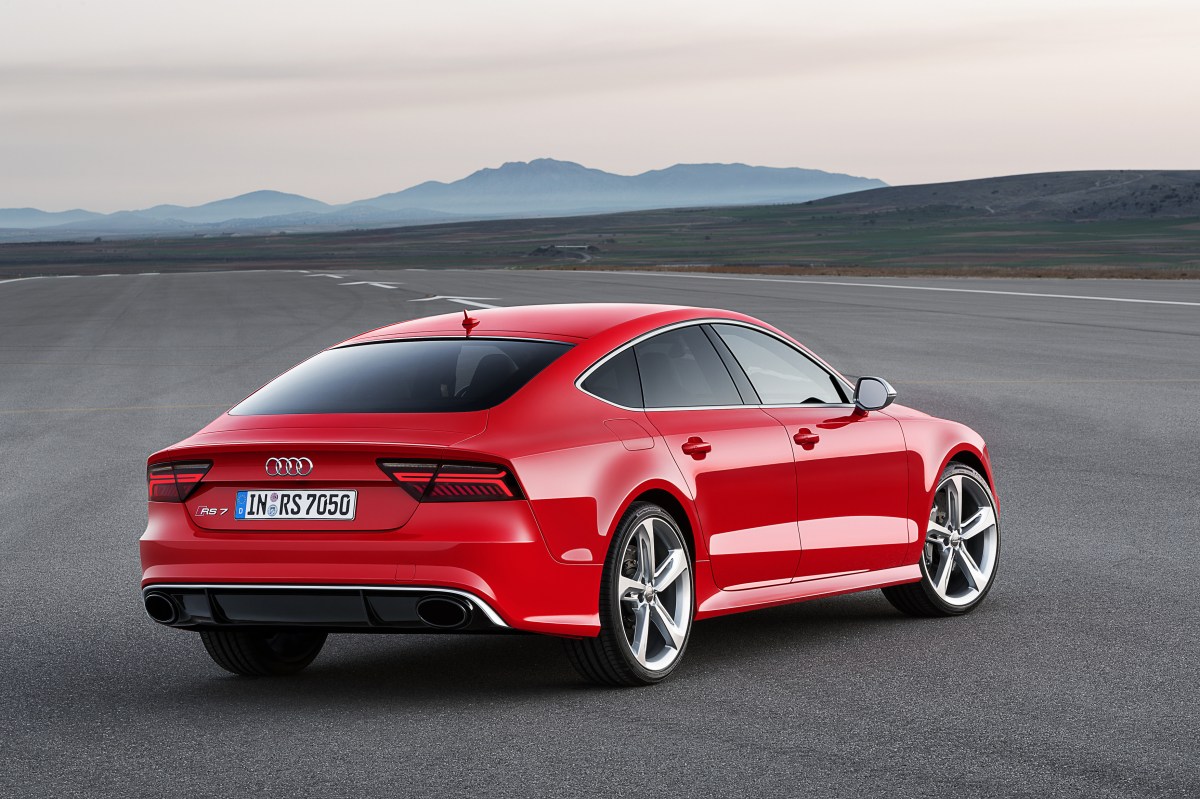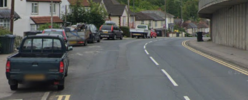More than that, AEB is mandatory for type approval of all new cars under EU regulation since 2022, and existing new car sales will need to include it from next year. It's shown to have a 38% reduction is rear end crashes, and is forecast to save 1100 lives in the UK each year.AEB is now required by Euro NCAP for a car to get a 5 star rating. I'm not certain, but I believe part of the requirement is that it can't be turned off permanently, so it's not a Tesla decision. Unless you count them wanting to have a 5 star rating as part of that decision. Certainly not arrogance. I suspect you would find the same situation with any new car in the same price bracket, though a lot still seem to have their version of AEB as an optional extra (and no 5 star rating, if that's the case).
While I appreciate the OPs experience will have been scary, however being distracted and rear ending a car in front is a far more real risk as it happens every day. I've yet to see anyone on here where an accident was actually caused by AEB or Autopilot backing off.
Are other manufacturers AEB systems more reliable than Tesla's ? It seems pretty easy to find similar incidents from other brands to Tesla

Investigation: VW and Audi Brake Systems Randomly Engaging
Automatic Emergency Braking Systems, or AEB Sytems, are a good thing when they work as anticipated. Otherwise, they can provide a false sense of security





